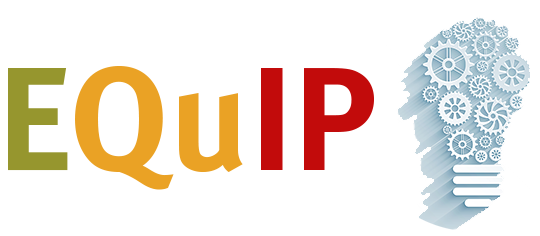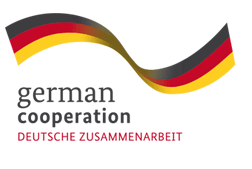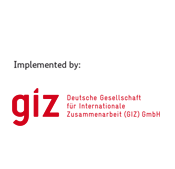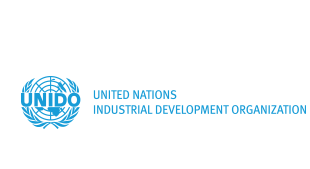Industrial policy is back on the agenda!
Recent decades have seen an increased demand for advice and support in crafting industrial policies that promote a movement into more sophisticated manufacturing activities with greater value addition.
The shortage of adequately trained national analysts can lead to an extensive dependency on international advisers, unrealistic strategic objectives and the deployment of inappropriate policy tools.
UNIDO and GIZ believe that every country should be equipped with simple analytical tools which can help them to answer imperative questions such as:
- How is our industrial sector performing relative to competitors?
- Where is there potential for expansion, upgrading, employment generation or improved impactthe on environment in our industrial sector?
- How diversified and embedded is our industry?
Answers to questions such as these are vital for successful strategy setting and industrial policy formulation.
Towards evidence-based industrial policymaking
Global experience indicates that for the industrial policy process to be effective it has to be evidence-based, participatory and focused on realistic objectives. International best practice examples suggest that a successful industrial policy cycle must start from a thorough industrial diagnosis that maps the local and global industrial landscape and provides an in-depth understanding of country characteristics, constraints and opportunities as well as global trends.
The EQuIP toolkit offers an integrated methodological toolbox and a capacity-building package for industrial diagnosis supporting policymakers in developing countries to formulate and design evidence-based strategies for inclusive and sustainable industrial development.
Some notes
A few remarks are warranted on the current version of the EQuIP toolbox:
- The diagnostic tools developed so far can be deployed in modular manner. However, the more tools are applied, the more findings can be generated, and the more information can be fed into the strategy formulation exercise.
- The tools are considered “living documents” (or “constant work in progress”) that will be continuously improved based on users’ feedback and comments.
- Further tools could be developed in order to cover additional topics of importance for inclusive and sustainable industrial strategy-setting.
- The EQuIP Toolbox is based on the acknowledgement that not all industrial development goals can be achieved at the same time – which points to the importance of prioritization and a sequential approach to industrial strategy implementation.
Apart from being used for the diagnosis and strategy formulation segments of the policy cycle, EQuIP toolbox can also be useful for monitoring and evaluation (M&E) exercises.
Limitations
The authors of this toolbox are aware of the limitations of the EQuIP toolbox. The presented tools do not encompass all relevant aspects for industrial diagnosis and analysis, they rather present a selection of the issues that seem most relevant to the authors. The toolbox is to be seen as work in progress, additions and alterations in the next years will most likely be necessary.
In general, it is rather unlikely that this approach, similar to all other known approaches to industrial policy, will yield the perfect result. An M&E loop is built into the toolbox in order to correct initial decisions which lead towards unintended results. The approaches in the toolbox are based on data which should be available in many of the developing countries and it neglects more sophisticated statistics that would only be found in OECD countries.






